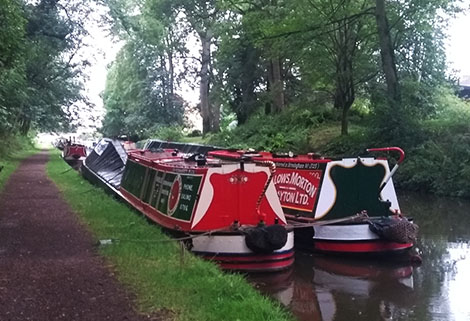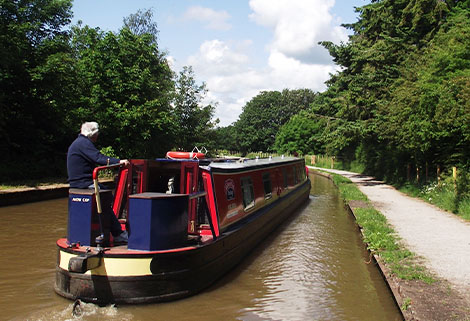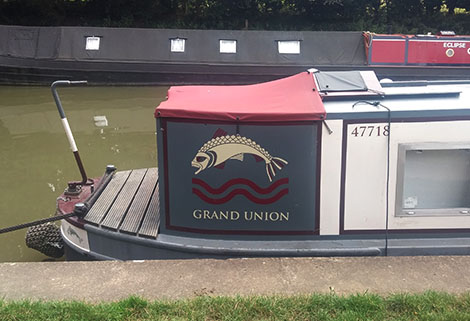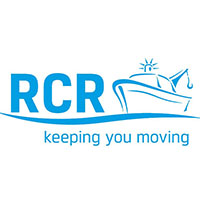buying a narrowboat
buyer's guide part one
Buying a narrowboat is likely to be one of the biggest financial decisions you’ll ever make. Similar to buying a house, it’s important to do your research, find out as much as you can about the boats you’re interested in and be aware of the pros and cons.
To help you make a more informed decision, River Canal Rescue has put together a Buyers Guide, highlighting some key areas to consider.
What type of narrowboat?
There are three categories - traditional, cruiser and semi-traditional - each with differing sterns (back ends).
A traditional stern has a small deck to stand on for steering and the engine and drive gear is concealed beneath a counter (flat surface) or in a small engine room. While this better protects the propulsion system from the elements, the lack of space can hinder maintenance. And although it ensures more cabin space on the boat, there’s only room for one person to stand, leaving others in the cabin or upfront. Likely to be a preferred option for liveaboards due to the extra cabin space it provides.


A cruiser stern is bigger, so offers a more sociable environment. It’s usually surrounded by a safety rail which can have a canvas ‘skirt’ or hood attached for protection from the elements. The engine’s accessed through deck boards, making maintenance easier, but it also means more exposure to the elements so rain water and debris can build up (seeping through the deck boards). The additional external space reduces what’s available internally.


A semi-traditional stern offers the best of both worlds; more space than a traditional and better protection from the elements than a cruiser. Engine access is still via deck boards and the extended cockpit, which can accommodate a hood, provides more shelter, storage and space.


Hood
Also known as a pram cover, and attached to cruiser and semi-traditional sterns, it’s great for protecting passengers and the engine from the elements, but not so great when it comes to getting on or off the vessel or cruising under low bridges. A build-up of condensation can also hinder navigation.
Pram covers can also be great for creating extra 'indoor' space, and the vast majority can be lowered for cruising.
Size
While the width of a steel narrowboat (6ft 10”) and the cabin headroom (6ft 4”) remains the same, its length can vary. The majority are built with lock lengths in mind, and those around 57ft will enable you to cruise most of the connected inland waterway system (apart from some of the canals and rivers in Yorkshire which have a 56ft lock limit, and a short section of the Little Ouse in Norfolk where there’s a 40ft restriction).
Lengths can go up to 72ft, giving a lot more space for liveaboards, but you’ll need to research where you can cruise.
If you’re not sure what length of boat you want, look at how many berths (sleeping areas) you need, your intended use and preferred layout. Mooring and licence fees can be based on length and smaller mooring spaces are found more easily. Size doesn’t impact how a boat cruises, but additional length can slow the turning speed.
Widebeams provide more spacious accommodation, but they can be more difficult to manoeuvre, you cannot navigate some narrow canals and mooring spaces will be limited. They also have higher licence and mooring fees.

